Many studies have highlighted perceived psychosocial stress and depression as a key risk factor for stroke (1). While depression is often the result of a stroke, it also increases your chance of having a stroke in the first place (2) (3) . People suffering from intense psychological stress are also more likely to have a stroke later in life (4).
Psychosocial stress and depression are linked to cardiovascular conditions
The association between psychosocial stress and coronary heart disease is strong (1). Similarly, depression has been associated with an increased risk of diabetes, high blood pressure and cardiovascular disease, all of which are strongly linked to stroke (5). Therefore, a person with psychosocial stress or depression may have a higher overall risk of having a stroke in the future.
More women are affected by psychosocial stress and depression
Stroke is a leading cause of death and disability worldwide and, overall, more women die from stroke than men (6). Likewise, an independent study on psychosocial stress and stroke identified a higher stroke risk for women and, of the 300 million people affected by depression worldwide, the majority are also female (1) (7). One study suggests this may be due to many factors, including internalising emotions; hormonal changes; and even the use of the contraceptive pill (8).
Psychosocial stress is one of ten modifiable risk factors for stroke
A major global study found ten modifiable risk factors were associated with around 90% of all strokes around the world, regardless of ethnicity, gender or age. Psychosocial factors, such as home- and work-related stress, life events, and depression were all identified as a contributor to stroke risk and as one of the potential factors that could be changed through prevention and/or treatment (6).
What can be done to prevent or treat psychosocial stress?
There are many interventions that can help to manage psychosocial stress, anxiety and depression. Prevention programs are sometimes put in place for children who have suffered mental or physical abuse, or adults who are overcoming major life traumas, for example.
Cognitive behaviour therapy and psychotherapy may be used to effectively treat mild-to-moderate depression; and medication, such as antidepressants, may also be prescribed. But healthcare provision varies all over the world and more than 80% of people with mental disorders live in low-to-middle-income countries (8).
If you, or someone you know, suffers from depression or stress, it’s important to get the support and care needed. Treating psychological disorders can help to improve quality of life and reduce the risk of stroke and other cardiovascular conditions.
References
- Li, Hsing-Jung MD; Kuo, Chao-Chan MD; Li, Ying-Chun PhD; Tsai, Kuan-Yi MD; Wu, Hung-Chi MD, Depression may not be a risk factor for mortality in stroke patients with nonsurgical treatment. A retrospective case-controlled study. Medicine: May 2019 – volume.
- Dr Ahmed Tawakol, MD. Relation between resting amygdalar activity and cardiovascular events: a longitudinal and cohort study. The Lancet. Volume 389, issue 10071, P834-845. Feb 25 2017. DOI: https://doi.org/10.1016/S0140-6736(16)31714-7.
- https://www.niddk.nih.gov/health-information/diabetes/overview/preventing-problems/heart-disease-stroke.
- https://www.memorialcare.org/blog/more-women-die-stroke-men.
- https://www.mayoclinic.org/diseases-conditions/depression/in-depth/depression/art-20047725.
- Martin J O’Donell, Siu Lim Chin, Sumathy Rangarajan et al. Global and regional effects of potentially modifiable risk factors associated with acute stroke in 32 countries (INTERSTROKE): a case-control study. Lancet 2016; 388: 761-75. Published Online July.
- McManus S, Bebbington P, Jenkins R, Brugha T. Mental health and wellbeing in England: Adult Psychiatric Morbidity Survey 2014 [Internet]. Leeds; 2016. Available from: content.digital.nhs.uk.
- Rathod, S., Pinninti, N., Irfan, M., Gorczynski, P., Rathod, P., Gega, L., & Naeem, F. (2017). Mental Health Service Provision in Low- and Middle-Income Countries. Health services insights, 10, 1178632917694350. https://doi.org/10.1177/1178632917694350.
Updated February 2022
Next review 2024















